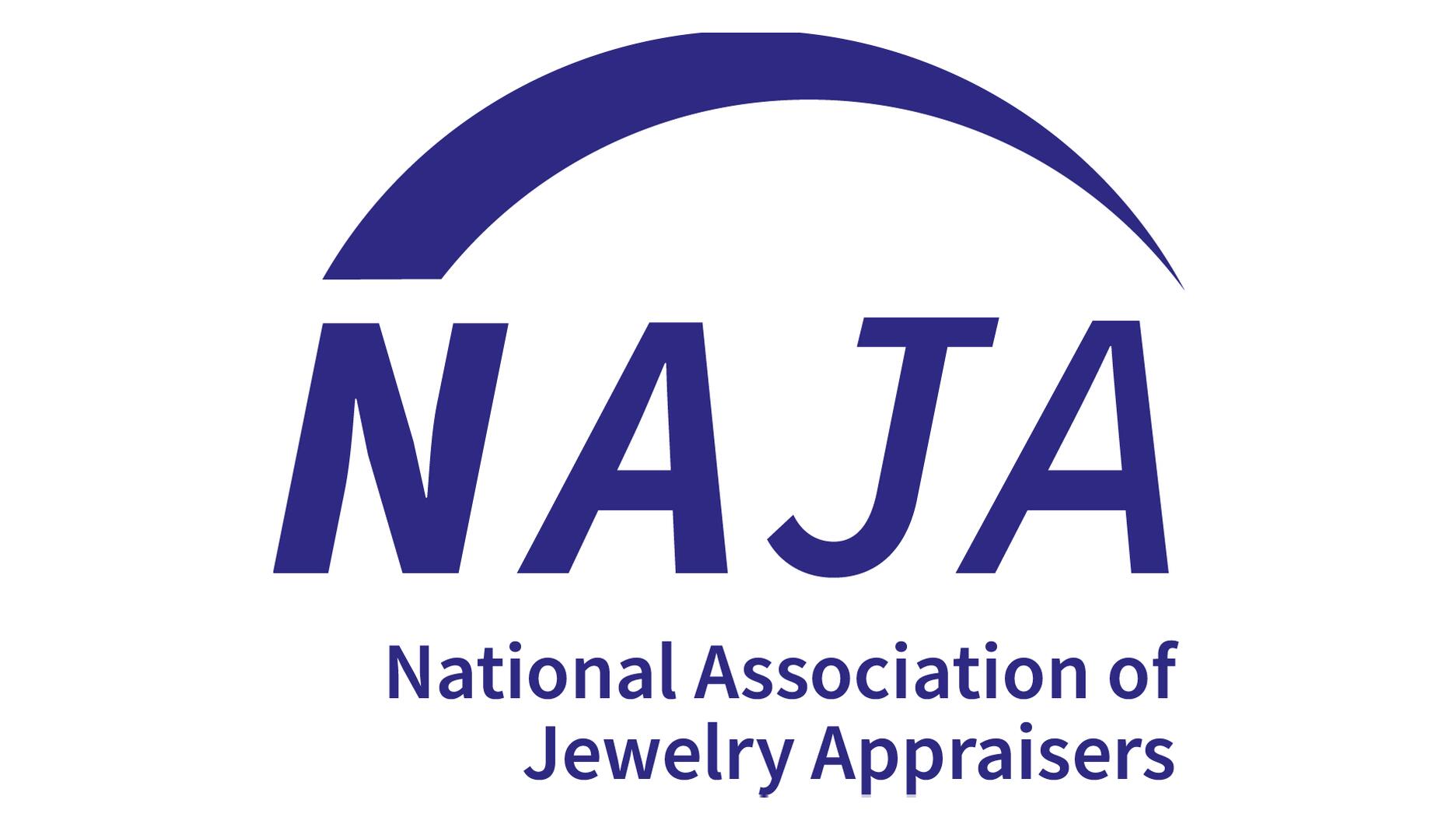The couple pleaded guilty to concealing at least $127 million in cash transactions at its precious metals businesses.
NGO, CAR Government Spar Over Report on Smuggling
Global Witness warns of widespread diamond smuggling in the Central African Republic, but the country’s government says its claims are false and “lack substance.”
London--Global Witness recently published a report warning of widespread diamond smuggling in the Central African Republic, but the country’s government says claims made in the report are false and “lack substance.”
In the report published June 22, Global Witness outlines the two main issues it currently sees in the Central African Republic, which resumed the export of rough diamonds from certain areas, known as “green zones,” beginning in June 2016 following a three-year suspension from the Kimberley Process.
First is the smuggling of diamonds--some of which are conflict diamonds coming from the eastern part of the country--into neighboring countries like Cameroon, the Democratic Republic of Congo and Sudan.
These diamonds get “naturalized,” meaning they are transported out of CAR without any documentation and then given Kimberley Process certificates from the country into which they are smuggled as if they were mined there, said Global Witness conflict resources campaigner Aliaume Leroy.
He said while it is difficult to say what quantity of rough diamonds are being smuggled, Global Witness spoke with seven diamond dealers for its report, all of whom confirmed that the smuggling continues “on a large scale.”
The second issue raised in the report is the potential export of diamonds that were stockpiled during CAR’s suspension from the Kimberley Process, diamonds that are “at serious risk of having financed armed groups,” the report states.
“They potentially have funded the conflict,” Leroy said. “Those actors who bought the diamonds should not profit from that situation.”
Global Witness recommends that any diamonds in those stockpiles that are believed to have come from the eastern, conflict-ridden part of the country should be confiscated and sold transparently as conflict diamonds, with the profits then cycled back into CAR to fund services for people who have suffered because of the conflict.
About a week after the report was published, the government of the Central African Republic issued a response stating that it “categorically rejects” the “broad” and “non-factual” allegations made in the report, which, the letter points out, were based on a few testimonies from those involved in fraud and “lack substance.”
Signed by Leopold Mboli Fatran, the country’s minister of mines, energy and hydraulics, the letter details the steps the country has taken since being given the go-ahead to resume exports, including implementing reforms to make it possible to control rough diamonds from production sites in compliant zones; the transfer of diamonds in tamper-resistant bags from approved areas
The reforms are being carried out in cooperation with Property Right and Artisanal Diamond Development Project, or PRADD, which is funded by USAID, the United States Agency for International Development.
“The government recognizes that cross-border smuggling of rough diamonds is a criminal activity that has always existed,” Fatran states in the letter. “However, the government declares that this phenomenon is currently declining at present, further to the courageous measures that have been taken to ensure better control of the green zones recognized by the KP in the western part of the country.”
The missive concludes by pointing out that, “It is important to remember that one family out of four in the country indirectly lives from artisanal and alluvial mining.”
In response to the CAR government’s letter, Global Witness issued a statement to National Jeweler on Monday, which reads, in part, that while it understands that the diamond trade is vital to the citizens of CAR, the trade needs to be responsible.
“‘A Game of Stones’ documents these facts not to harm the diamond trade in CAR, but to ensure they are confronted rather than ignored. It acknowledges--and tentatively welcomes--the efforts of the Kimberley Process and the government of CAR, but warns of risks that must be acknowledged and dealt with if genuine reform is to be achieved. It seeks to expose those who view the country’s current troubles as a business opportunity, while urging greater support for those seeking to mend them, including from international diamond companies.”
Both the Global Witness report and Leroy also stated that the Kimberley Process is not enough to curb the flow of illicit CAR diamonds, or diamonds from other parts of the world that contribute to human rights abuses and, therefore, don’t fall within the limited purview of the KP.
Leroy pointed to the UN Guiding Principles for Business and Human Rights, and the Organisation for Economic Co-operation and Development’s five-step framework on responsible sourcing from high-risk and conflict-affected areas as two resources available for companies in the diamond industry to use.
“The onus is on companies now. They have to take a proactive stance on these issues,” he said.
When asked about the allegations and recommendations made in the Global Witness report, KP Chair Robert Owen-Jones of Australia did not answer specific questions but provided a statement in which he noted that the KP’s CAR Monitoring Team (CMT) has been working with the CAR government to begin rough diamond exports from green zones since 2015 and has been “carefully analyzing” supply chains, including the stockpiles.
“I appreciate the enormous contribution that the diamond industry makes to livelihoods in CAR,” Owen-Jones’s statement reads. “I appreciate also the active participation of civil society in KP and am highly supportive of greater civil society engagement in the process.”
The entire Global Witness report, “A Game of Stones,” is available on the organization’s website.
Global Witness is not the first NGO to raise concerns about the smuggling of diamonds out of CAR since the resumption of exports last summer. In December 2016, Partnership Africa Canada published a report about conflict diamonds being smuggled over the border into Cameroon.
The Latest

Consumers shared concerns about prices, inflation, tariffs, trade, and politics in the survey’s write-in response section.

In February 2026, the auction house will move its headquarters to the former Steinway Hall, a neoclassical landmark on Billionaires’ Row.

How Jewelers of America’s 20 Under 40 are leading to ensure a brighter future for the jewelry industry.

The new show will take place Jan. 23-25, 2026.


The LVMH-owned brand has partnered with the costume design union to revamp its award for 2026.

The luxury titan inked a deal to acquire an initial minority stake in the jewelry manufacturer with a pathway to full ownership by 2032.

Roseco’s 704-page catalog showcases new lab-grown diamonds, findings, tools & more—available in print or interactive digital editions.

The company’s curation of unsigned vintage and estate jewelry debuted at the Bloomingdale’s in Costa Mesa, California.

In the recent multi-shipment seizure, CBP also found counterfeit Audemars Piguet, Moncler, and Chrome Hearts items.

Helzberg’s Chief Retail Officer Mitch Maggart shared details about its tests of a new store concept rooted in an elevated luxury experience.

Jewelers of America execs and National Jeweler editors discuss tariffs, the sky-high gold price, and the engagement that broke the internet.

The luxury goods company said founder Ippolita Rostagno will remain at the brand’s helm.

Laura Burdese, who joined the Italian luxury brand in 2022, will take on the role in July.

The National Jeweler editors revisit the most noteworthy industry happenings and design trends from 2025.

Need a gift for the cat lover who has everything? Look no further than our latest Piece of the Week.

It purchased the “Grosse Pièce,” an ultra-complicated Audemars Piguet pocket watch from the ‘20s, for a record-breaking price at Sotheby’s.

The lab-grown diamond grower now offers custom engagement and fashion jewelry through its Kira Custom Lab Jewelry service.

Chandler got his start at Michelson Jewelers and has served as DCA president and CEO since 2001. He will retire at the end of the month.

The boutique is slated to open this week inside Terminal 8, offering pre-owned Rolex watches and more to international travelers.

Sponsored by Digital Monitoring Products

The special-edition egg pendant ingested in a New Zealand jewelry store was recovered after a six-day wait.

Associate Editor Natalie Francisco plays favorites with Piece of the Week, selecting a standout piece of jewelry from each month of 2025.

The “Love and Desire” campaign is inspired by the magic that follows when one’s heart leads the way, said the brand.

Two awardees will receive free tuition for an educational course at the Swiss lab, with flights and lodging included.

Berta de Pablos-Barbier will replace Alexander Lacik at the start of January, two months earlier than expected.

Sotheby’s held its first two jewelry sales at the Breuer building last week, and they totaled nearly $44 million.


























